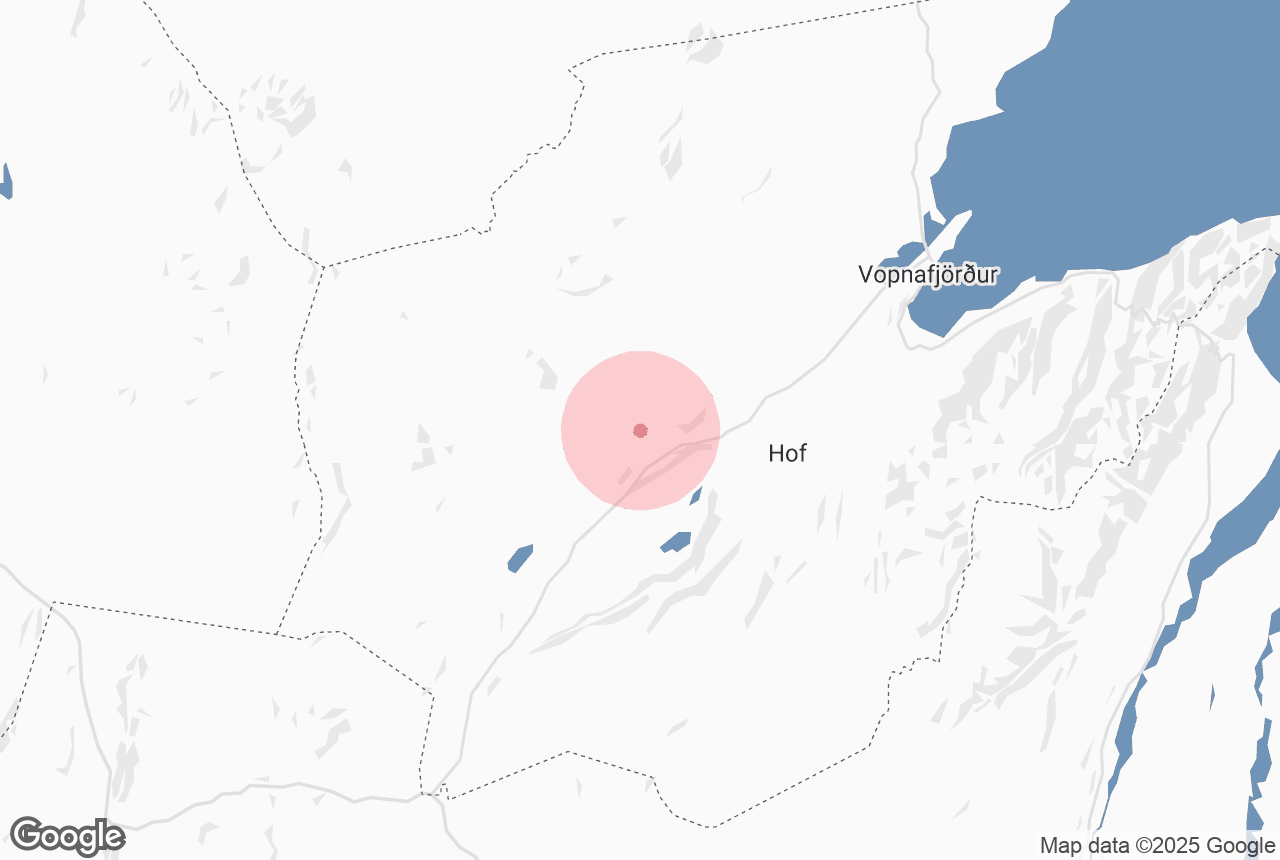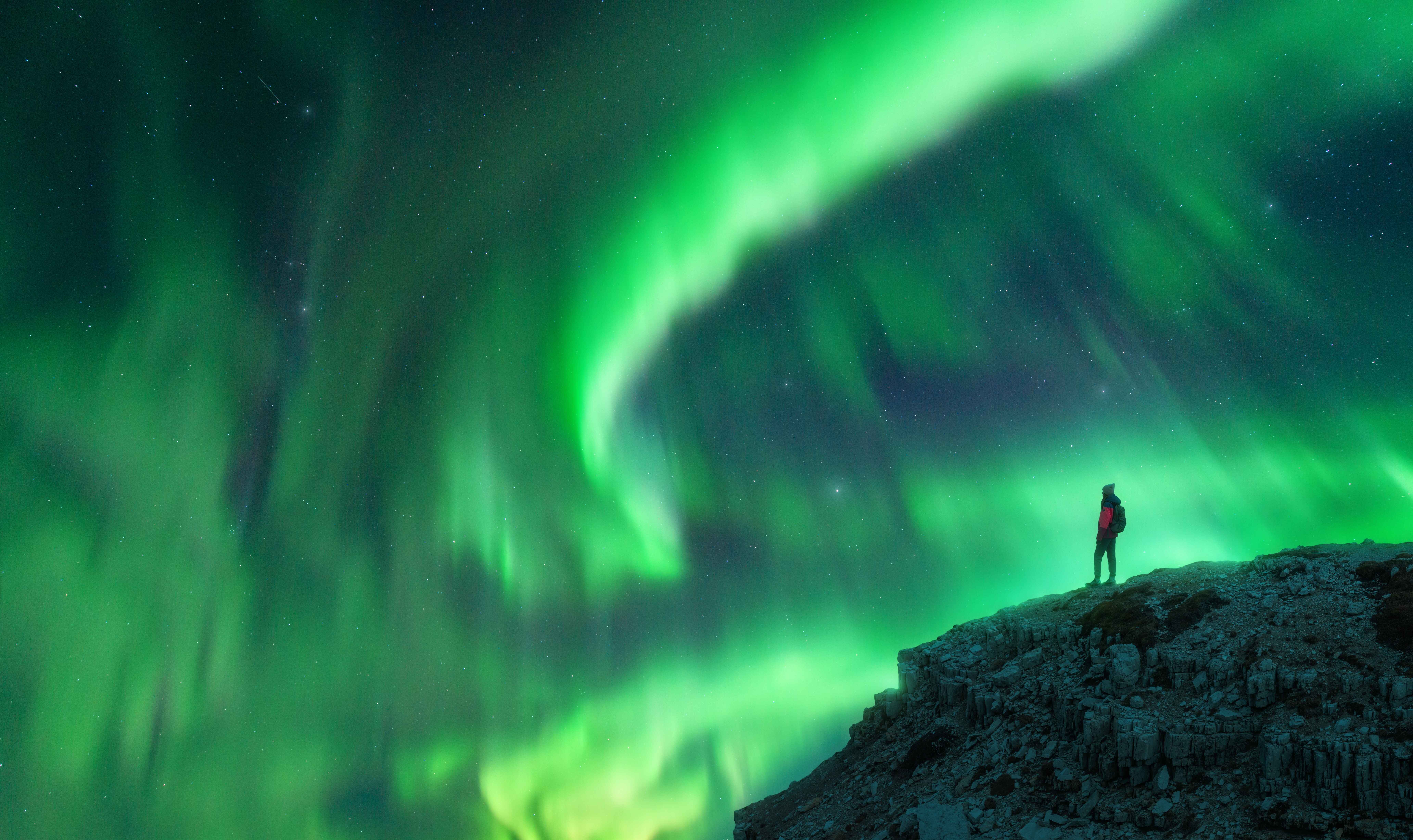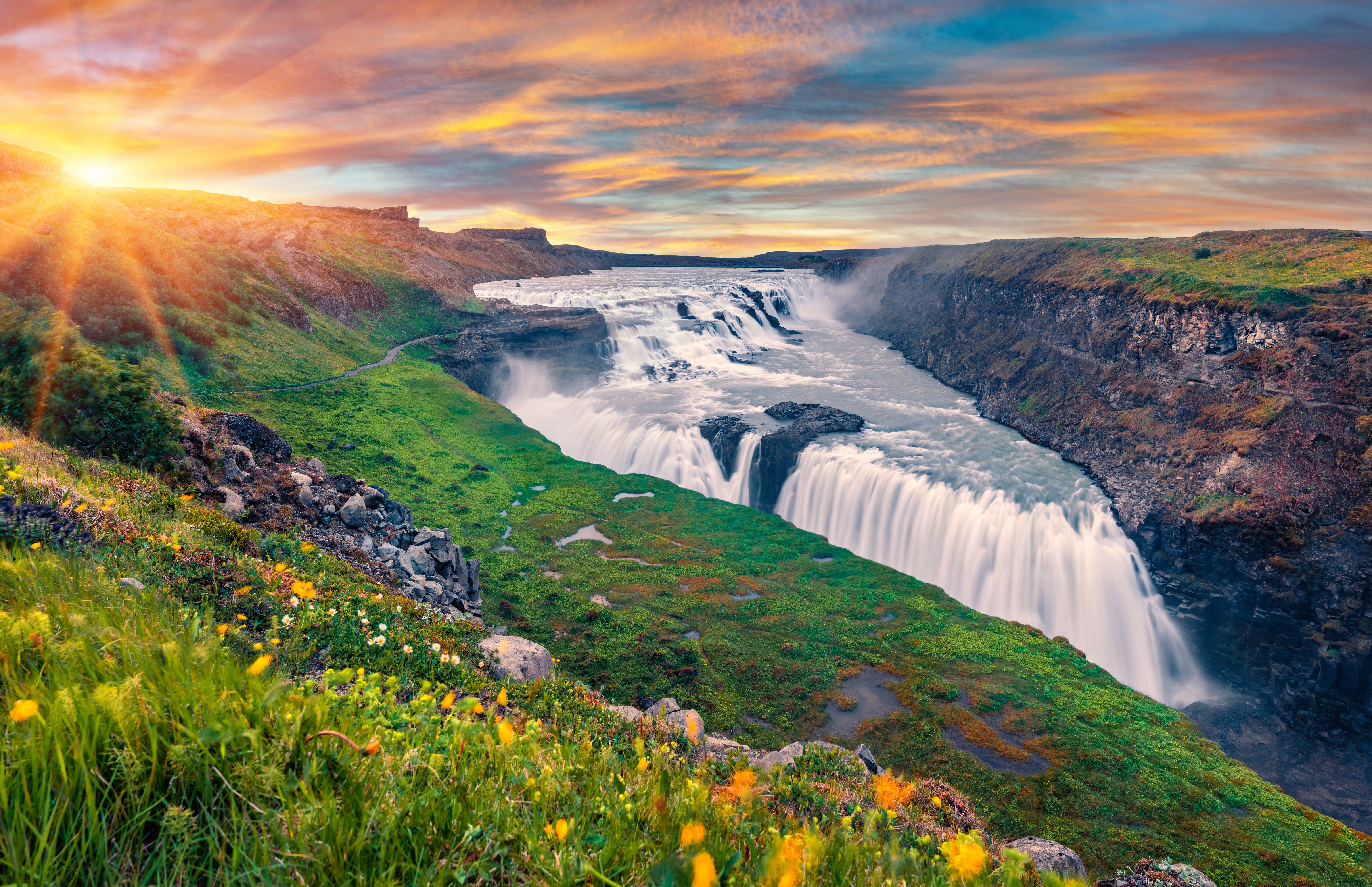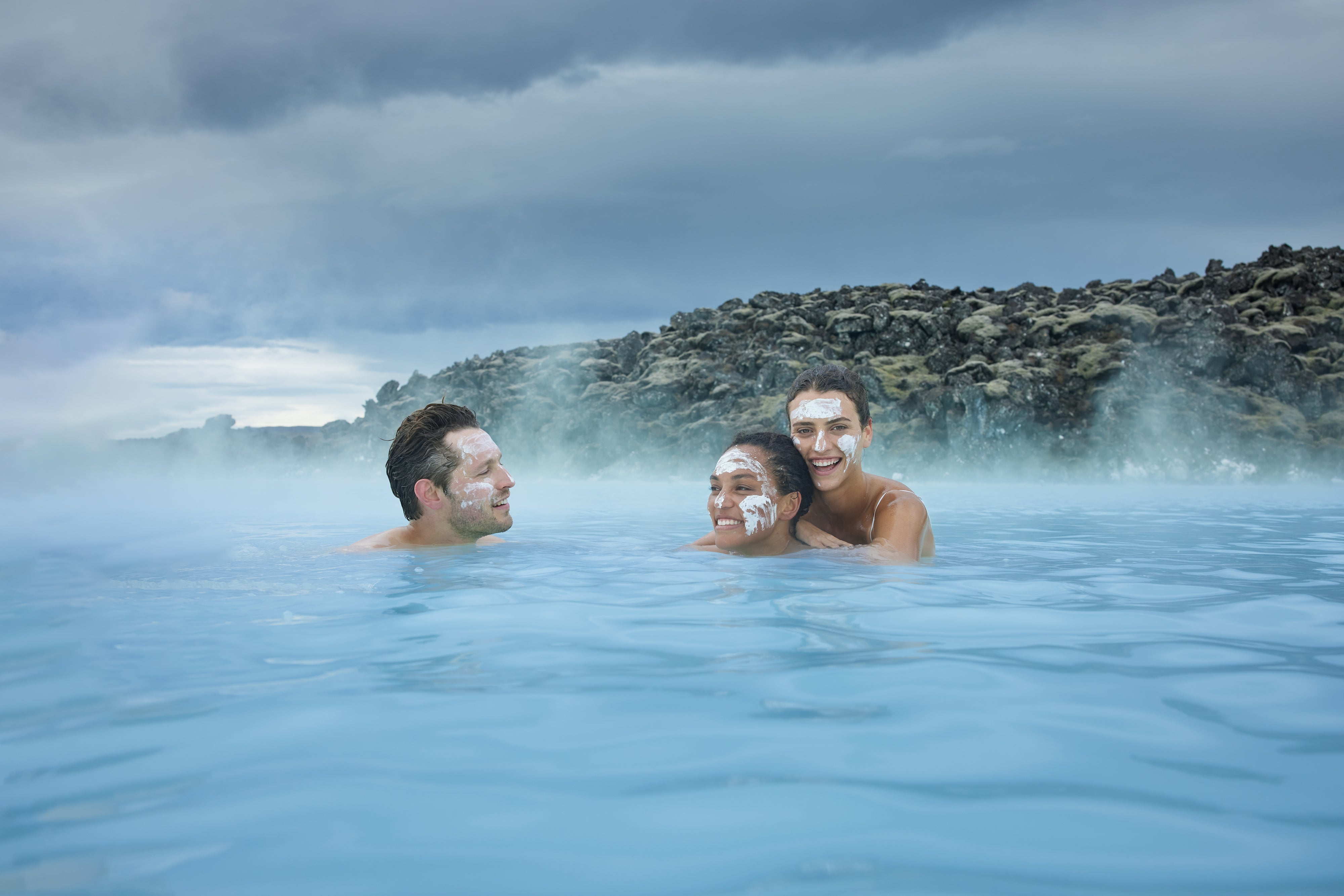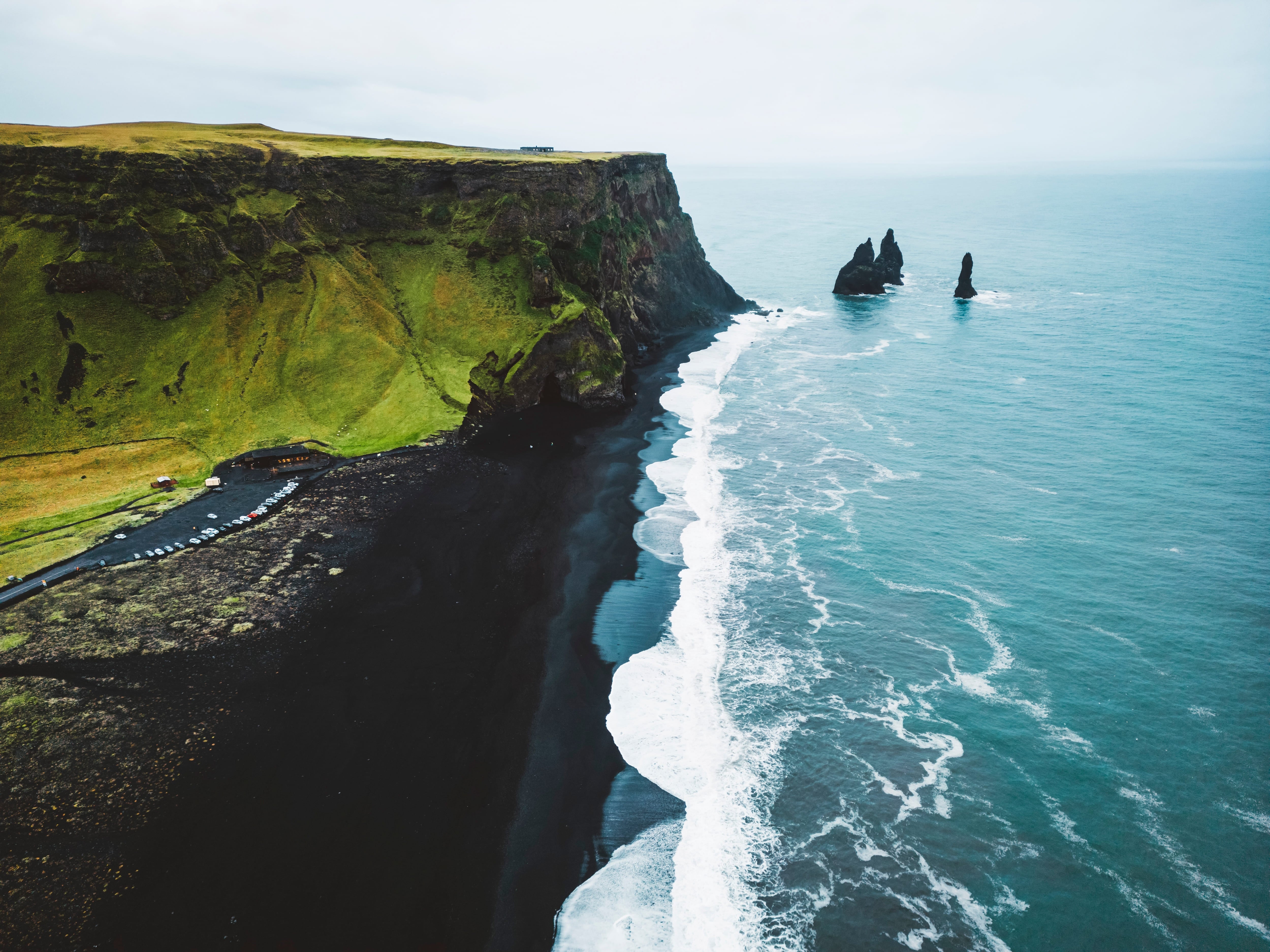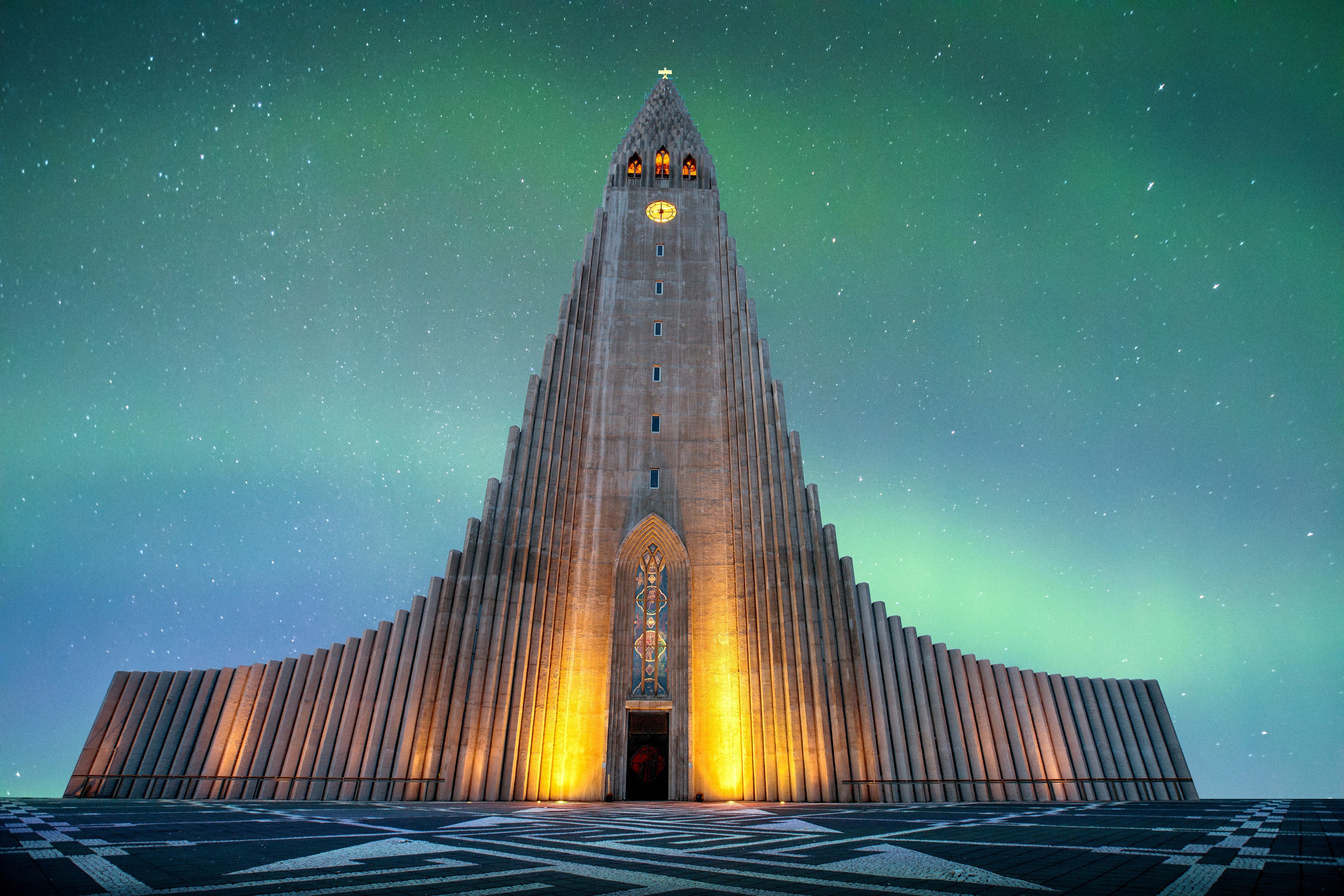Búrfell is a mountain in the South of Iceland, situated along the western boundary of Þjórsárdalur Valley.
Explore this area while on a self drive tour in Iceland.
저희의 콘텐츠를 신뢰할 수 있는 이유
가이드투아이슬란드는 아이슬란드에서 가장 믿을 수 있는 여행 플랫폼으로, 매년 수백만 명의 여행객이 저희와 함께 아이슬란드를 방문합니다. 저희의 모든 콘텐츠는 아이슬란드를 누구보다 잘 아는 현지 전문가들이 작성하고 검토하므로, 정확하고 신뢰할 수 있는 최신 여행 정보만 제공합니다.
Geology and history
The mountain is a basalt tuya, with tuya being a type of volcano formed when lava erupts through an ice cap or a glacier. These mountains are recognisable by their distinct shape of a flat top and steep sides. Such mountains are rather rare worldwide, confined to areas where active volcanism is occurring at the same time as glacial coverage. Lava which erupts under a glacier cools relatively quickly and is restricted from travelling far, so as a result, the lava piles up into a steep-sided hill.
Surroundings
The river Þjórsá runs to the east of the mountain and to its south lie the waterfalls Þjófafoss and Tröllakonuhlaup that feed into the river. Þjórsá has been harnessed for its energy and the resulting power station, Búrfellsvirkjun, was named after the mountain. This hydroelectric plant, which started its workings in 1972, was the first grand-scale construction of its kind in Iceland and marked the beginnings of local industrialisation of natural resources.
To the south of the mountain, there is a birch forest by the name of Búrfellsskógur. At the foot of Búrfell stands the Viking museum Þjóðveldisbær, a reconstructed farmstead of historical accuracy, which includes a traditional Viking longhouse.
Hiking
Búrfell is steep from every side, but least so on its north side, where there is a road that leads to the top of the mountain. A receiver for cellphones is located at the top. The mountain has a height of 480 metres (1.570 feet) and is relatively easy to ascend if one follows the road. Hikers can park at the power plant but will have to walk the rest of the way.
